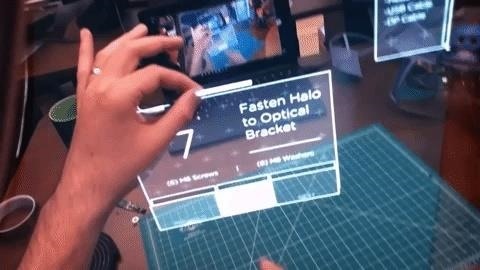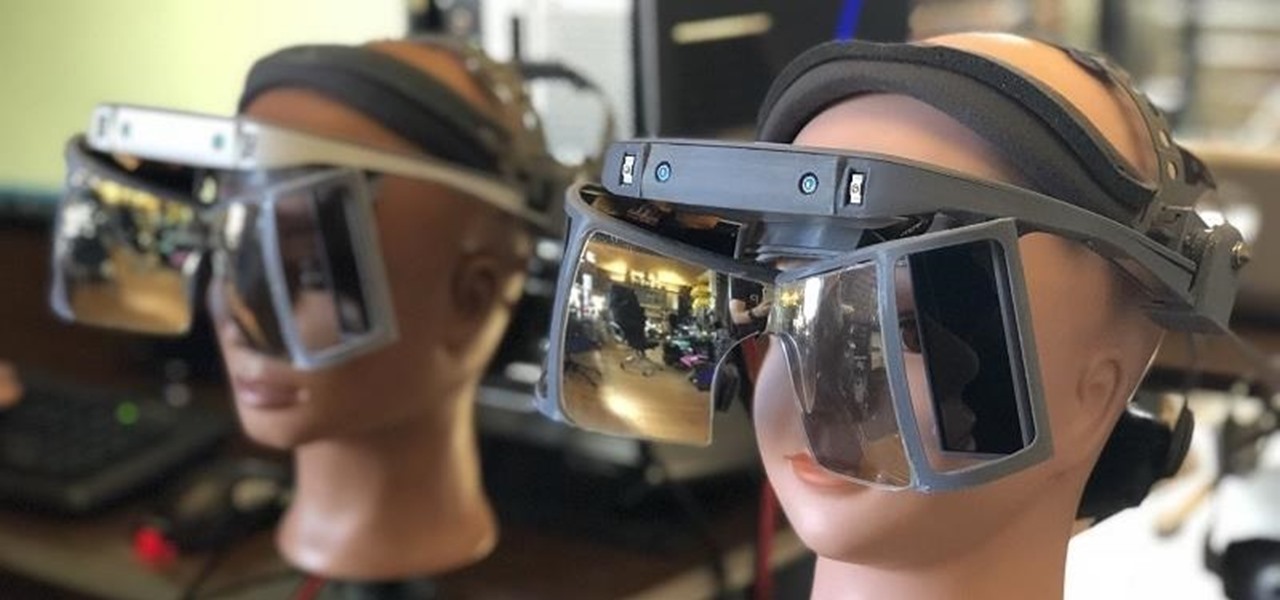Less than two months since unveiling Project North Star, Leap Motion has released the reference design that will allow developers, makers, and even manufacturers to build their own augmented reality headsets based on Leap Motion's work.
The version of the Project North Star headset built by Leap Motion features a pair of 1600 x 1400 displays capable of 120 fps and a combined field of view exceeding 100 degrees. The headset also features Leap Motion's next generation ultra-wide tracking module, which has yet to hit the market in an AR headset. The rest of the headset is comprised of a combination of off-the-shelf and 3D printed components.

"By open sourcing the design and putting it into the hands of the hacker community, we hope to accelerate experimentation and discussion around what augmented reality can be," the company wrote in a blog post.
The open-source design has been published under an Apache 2.0 license on Github and documentation is also available for downloaded directly through Leap Motion's website.
A guide for fabricating the mechanical portion of the headset is available now, along with files for the 3D printed components. The mechanical guide also lists the off-the-shelf components, such as the harness of a welder's mask, that are used in the headset's construction.
While a list of components, schematics, and firmware files are included, a detailed guide for assembling the electrical portion is not yet available. The software guide and files are also a work in progress.

While several degrees more complicated, the approach is similar to Google's Cardboard strategy. By giving away its schematics for free, Google was able to make its VR platform much more accessible to the average consumer. Numerous media companies gave away their own branded versions of the Cardboard headset, while manufacturers used the design to sell generic VR headsets that ran the same apps.
In the same way that Cardboard was designed as a means to push virtual reality applications forward, Project North Star is, in part, meant to help Leap Motion advance its hand tracking technology as a standard for the industry. Accelerating adoption of its platform comes at a critical juncture in the augmented reality timeline, particularly as companies like ManoMotion and uSens are making waves with their own computer vision hand tracking platforms that don't require sensors.
Just updated your iPhone? You'll find new features for Podcasts, News, Books, and TV, as well as important security improvements and fresh wallpapers. Find out what's new and changed on your iPhone with the iOS 17.5 update.























Be the First to Comment
Share Your Thoughts